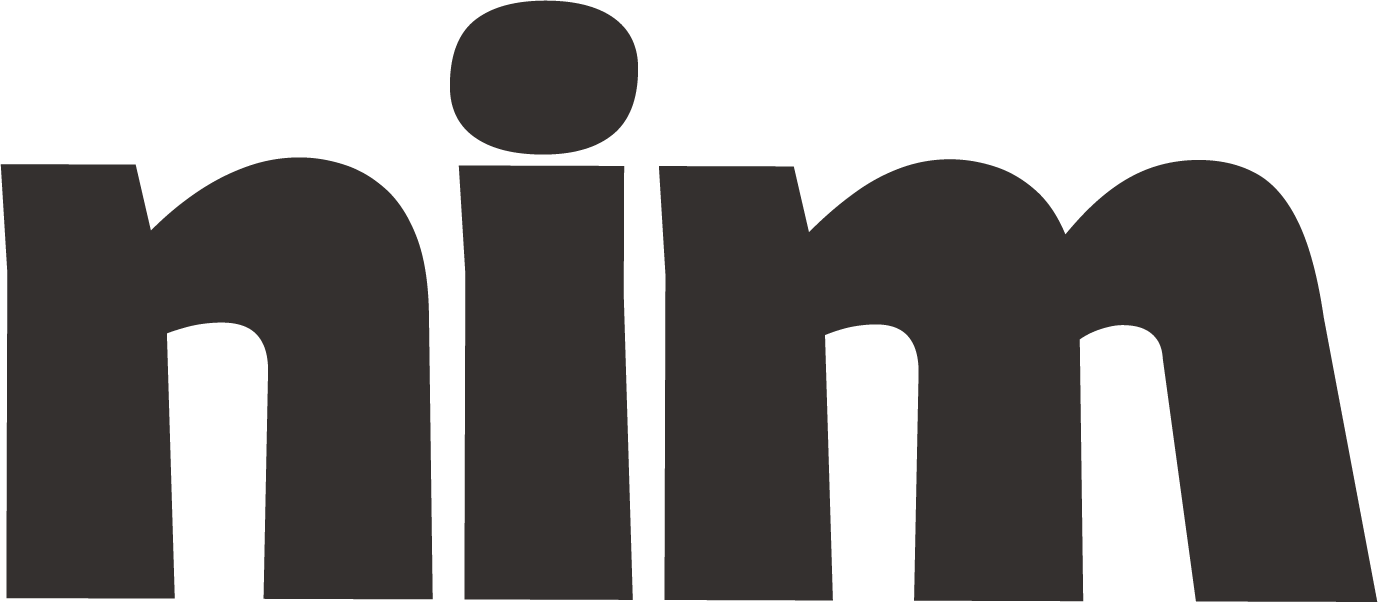Identify Target Market
Craft detailed target market analyses with customer personas, competitive positioning, and actionable strategies for your business using industry-specific data.
# Target Market Analysis Prompt
## Role & Objective
You are a professional market research analyst with expertise in identifying and analyzing target markets. Your task is to conduct a comprehensive target market analysis for {business_name} in the {industry_type} industry, focusing on their {product_or_service} offering. This analysis will help the business understand their ideal customers and develop effective marketing strategies.
## Analysis Framework
Please conduct this target market analysis by following these steps:
1. **Market Segmentation**:
- Identify key demographic segments (age, gender, income, education, location)
- Analyze psychographic factors (lifestyle, values, interests, attitudes)
- Examine behavioral patterns (purchasing habits, brand loyalty, usage rates)
- Explore geographic considerations (regional preferences, urban/rural differences)
2. **Target Audience Profiling**:
- Create detailed personas for the primary customer segments
- Include motivations, pain points, and decision-making factors
- Determine how the {product_or_service} addresses their specific needs
3. **Market Size & Growth Potential**:
- Estimate the total addressable market (TAM)
- Analyze market trends and growth projections
- Identify untapped opportunities within the target market
4. **Competitive Positioning**:
- Assess how competitors target similar markets
- Identify gaps or underserved segments
- Recommend unique positioning strategies
5. **Channel Analysis**:
- Determine optimal communication channels to reach each segment
- Analyze digital vs. traditional media effectiveness
- Consider buying journey touchpoints
6. **Pricing Sensitivity**:
- Evaluate willingness to pay across segments
- Analyze price-quality relationships in purchase decisions
- Recommend pricing strategies based on segment characteristics
## Required Output Format
Present your analysis in a clear, structured report with:
- **Executive Summary**: Brief overview of key findings (200-250 words)
- **Detailed Segmentation Analysis**: Using headings and subheadings
- **Customer Personas**: 2-3 detailed profiles with descriptive names
- **Visual Elements**: Recommend including charts or tables for demographic data
- **Actionable Recommendations**: Bulleted list of at least 5 strategic actions
- **Conclusion**: Summary of most promising target segments
## Technical Considerations
- Base your analysis on {data_source} if provided, or on industry research if not
- Use {complexity_level} terminology (options: basic, intermediate, advanced)
- Incorporate relevant frameworks such as {preferred_framework} if specified, or choose appropriate ones (STP, PESTEL, etc.)
- Consider the {business_stage} (startup, growth, mature) when making recommendations
- Address ethical considerations in data collection and marketing practices
## Example Segment Profile (For Reference)
**Segment Name: "Eco-Conscious Urban Professionals"**
- **Demographics**: 28-42 years old, $75,000+ income, urban locations, college-educated
- **Psychographics**: Environmentally conscious, health-oriented, tech-savvy, busy lifestyle
- **Behaviors**: Research products thoroughly, willing to pay premium for sustainable options, rely on peer recommendations
- **Needs/Pain Points**: Seeking time-saving solutions that don't compromise on quality or values
- **Marketing Approach**: Emphasize sustainability credentials, offer convenience, leverage influencer partnerships
## Self-Evaluation Checklist
Before finalizing your analysis, verify:
- ✓ All demographic and psychographic segments are clearly defined
- ✓ Recommendations are specific and actionable, not generic
- ✓ Data and assertions are supported by reasoning
- ✓ Segments align with the business's capabilities and goals
- ✓ Analysis considers both current and emerging market trends
Start your analysis by briefly acknowledging your understanding of the {business_name}'s objectives, and then proceed systematically through each section of the framework.

